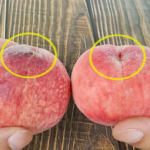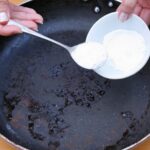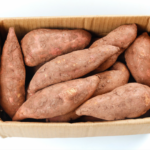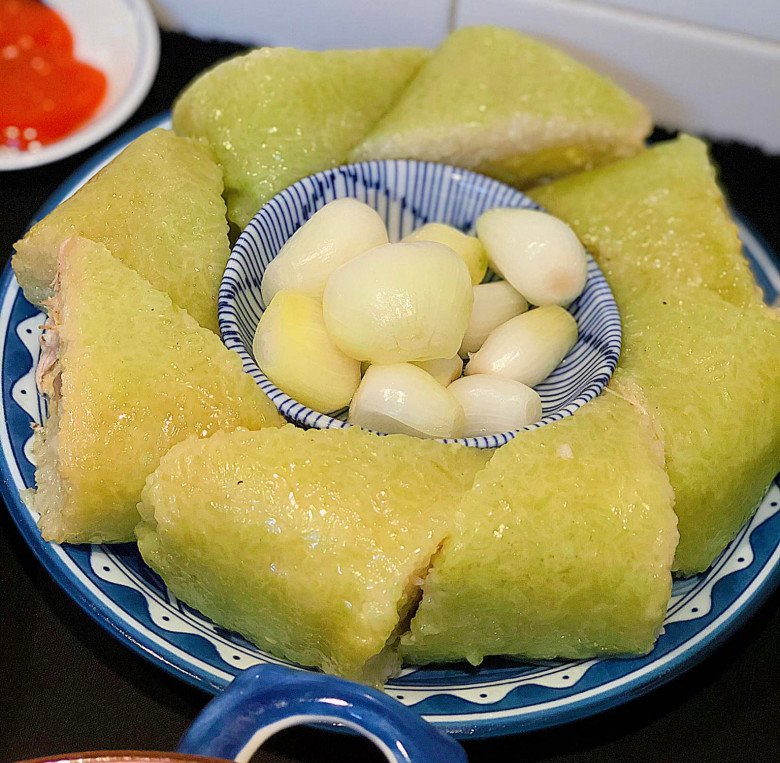
(Image credit: Vũ Thanh Hoan)
In addition to selecting quality ingredients and wrapping the bánh chưng beautifully, knowing how to cook it to achieve a lush green color and delicious taste is a skill not everyone possesses. In this article, Bếp Eva will share a simple tip on how to cook lush green bánh chưng without using any artificial additives.
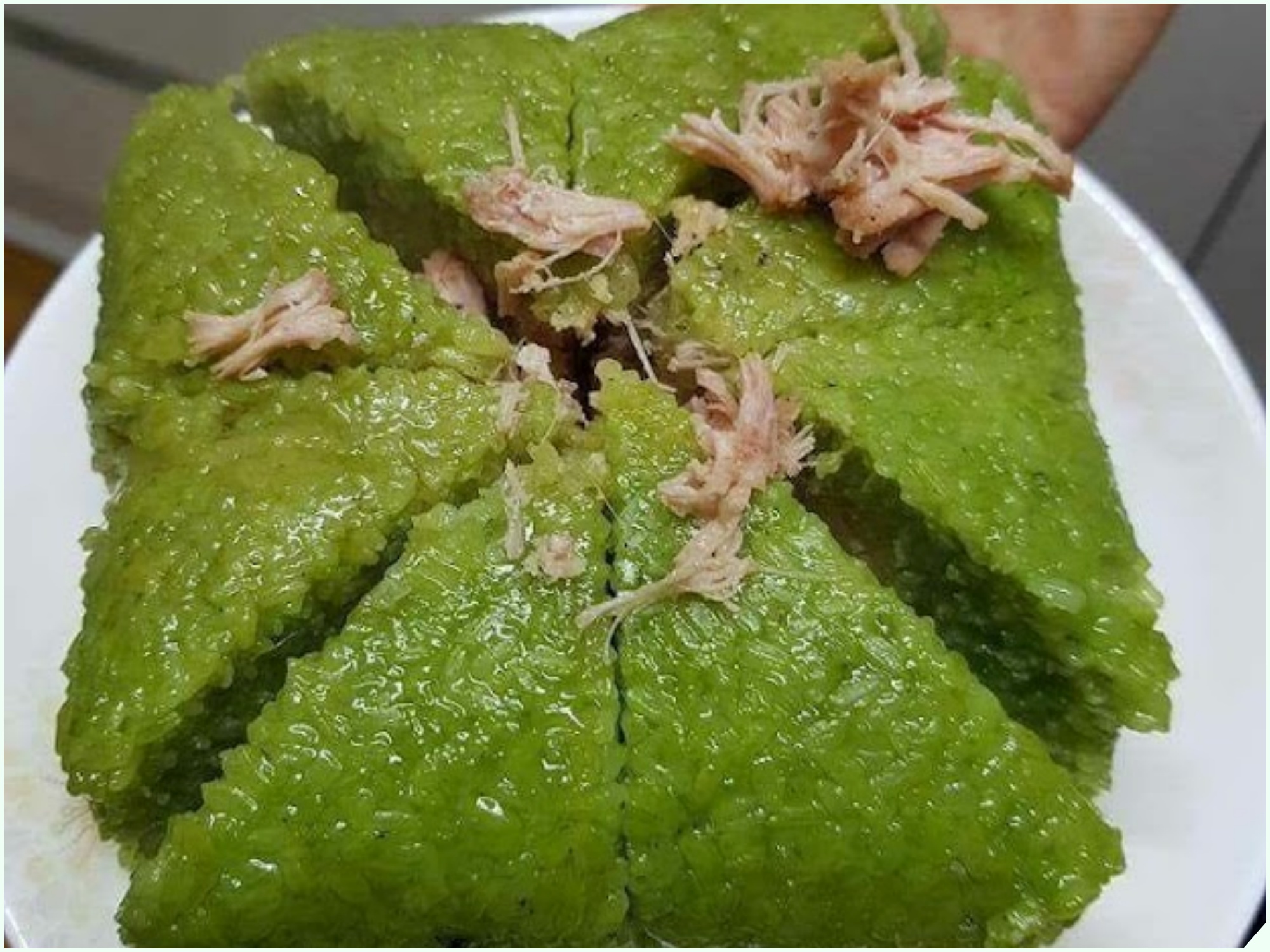
Soak the sticky rice in lye water
A traditional tip passed down from our ancestors is to soak the sticky rice in lye water. This type of water has an alkaline property, and when the rice is soaked in it, the cooked rice will turn clear and an appealing jade green color. Moreover, the rice will retain its distinctive aroma and flavor.
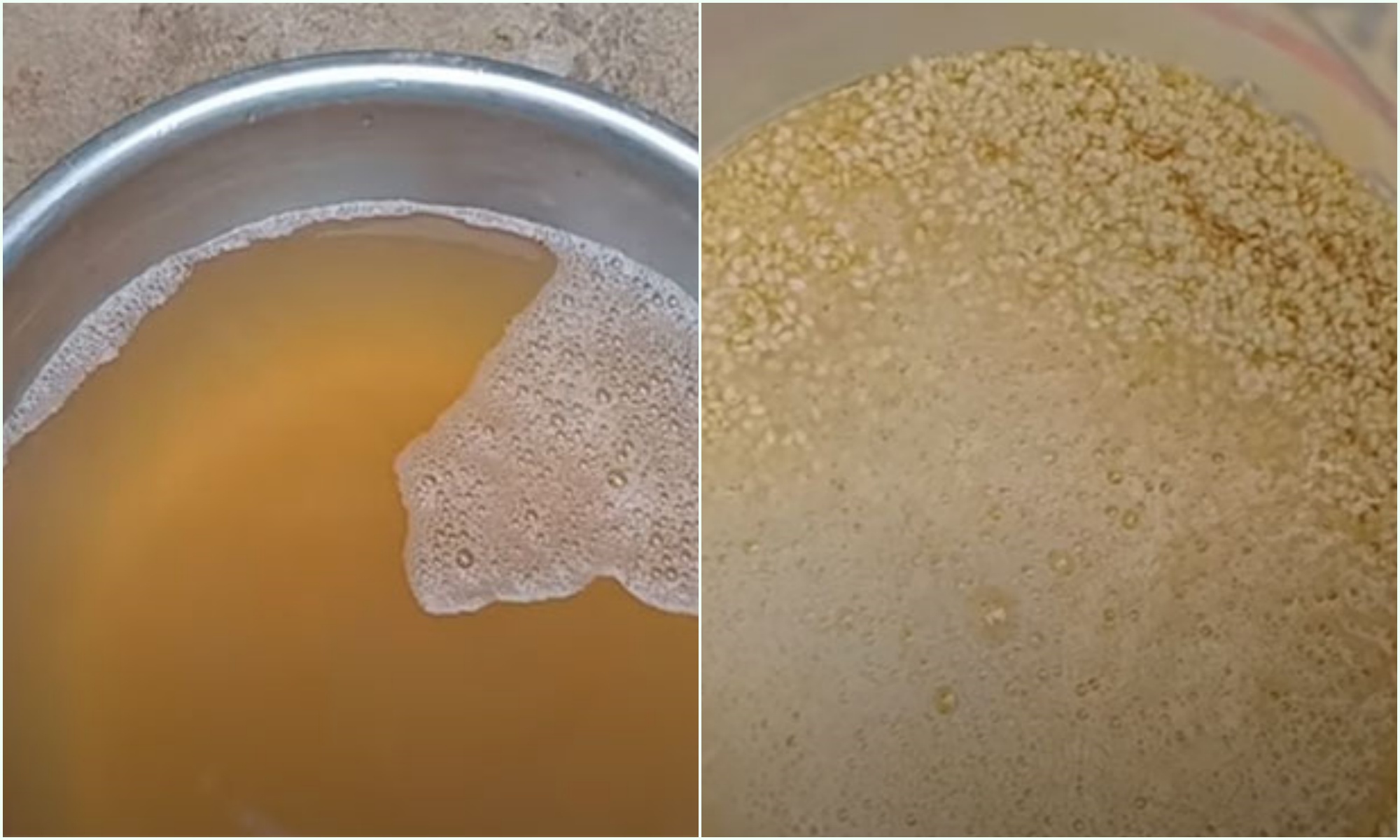
Selecting dong leaves
In addition to choosing good-quality rice, selecting tasty dong leaves is also essential. When buying dong leaves, opt for those that are neither too big nor too small, ideally from the tẻ rice variety.
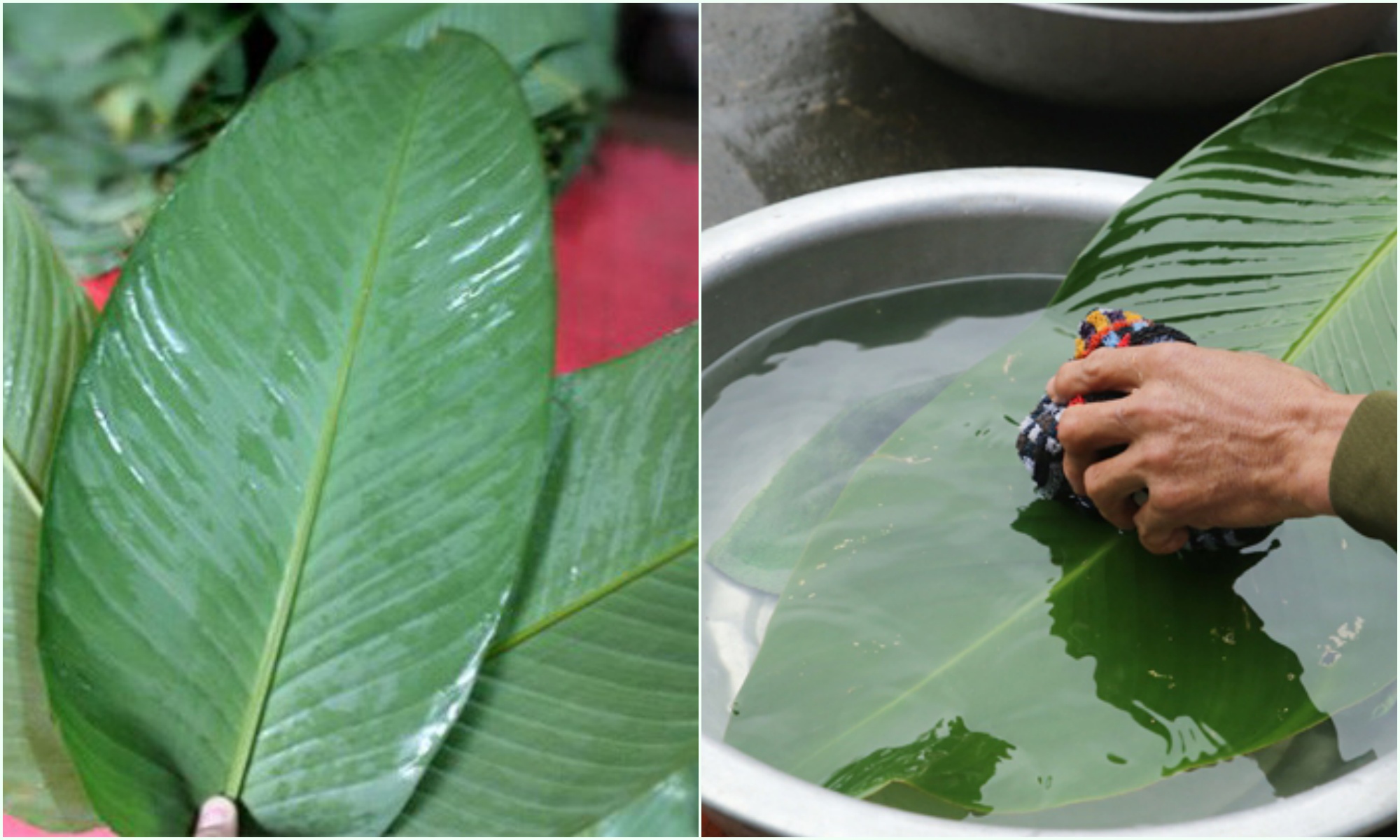
Look out for the following characteristics:
– The dong leaves should be a deep green color with a glossy surface.
– The leaf stalks should be small, and when touched, they should feel neither too young nor too old.
After purchasing the leaves, make sure to wash them thoroughly and dry them. Do not sun-dry the dong leaves as this will cause them to wither, making them unsuitable for wrapping the bánh chưng.
Soaking rice with galangal leaves
To achieve a lush green color for your bánh chưng, most families soak the rice with galangal leaf water.
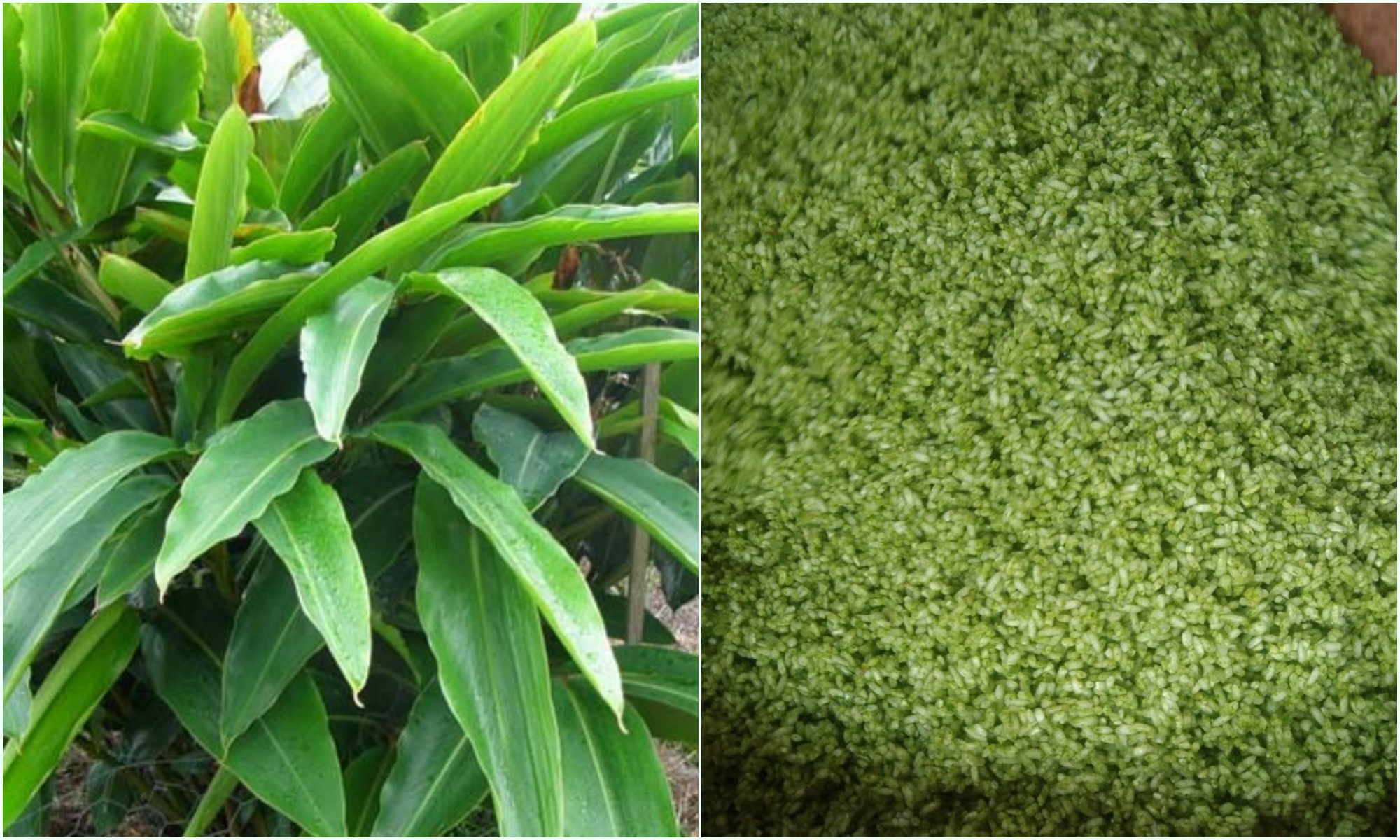
Wash the galangal leaves, then grind or pound them to a pulp, and squeeze the juice out. Pour this juice over the sticky rice that has been soaked overnight. The galangal leaf juice will give the rice a vibrant green color.
Add dong leaves to the cooking pot
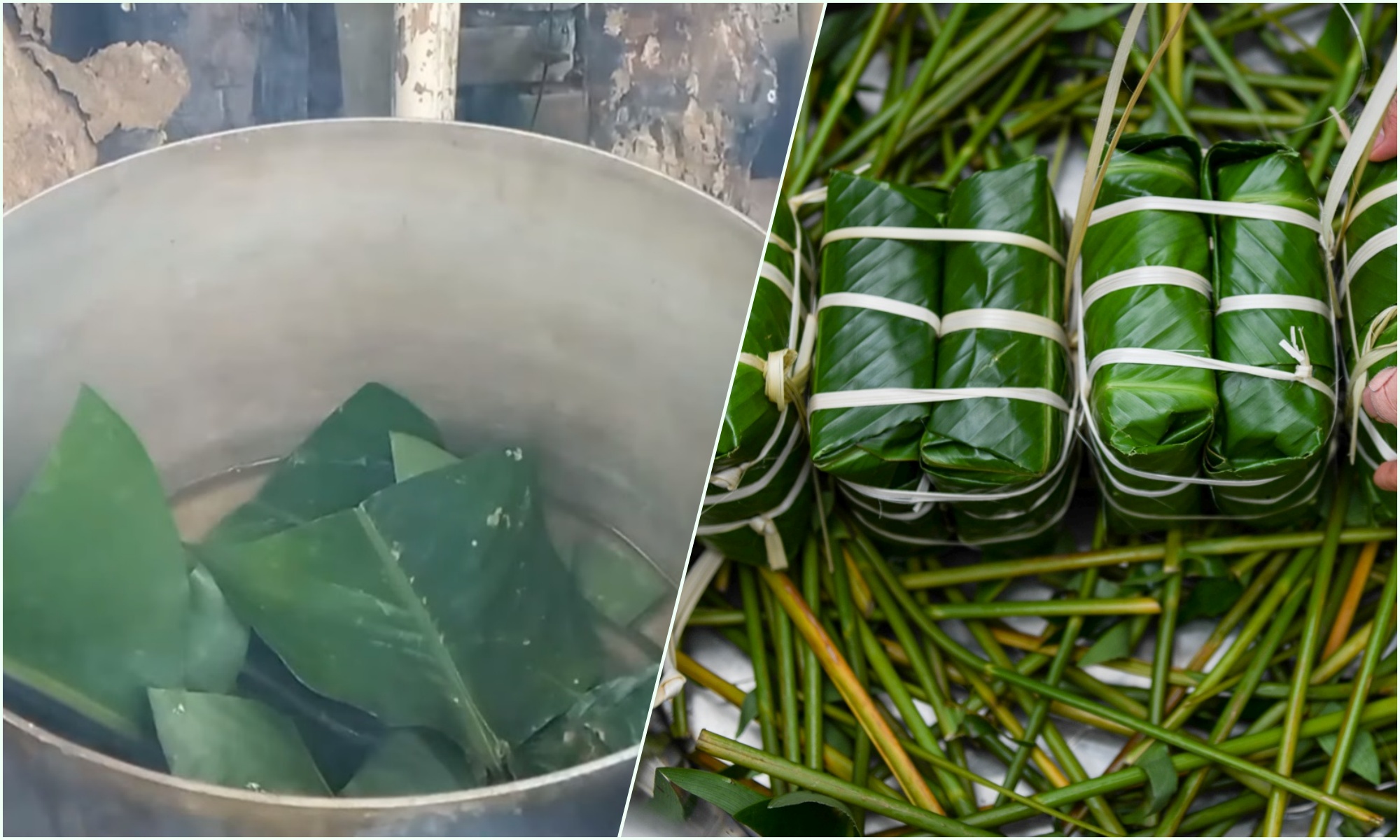
You may have noticed that many families place the excess dong leaves at the bottom and around the sides of the cooking pot. Apart from preventing the bánh chưng from burning, this layer of leaves also helps to enhance the green color of the cakes.
Cooking bánh chưng in a tin (tole) pot
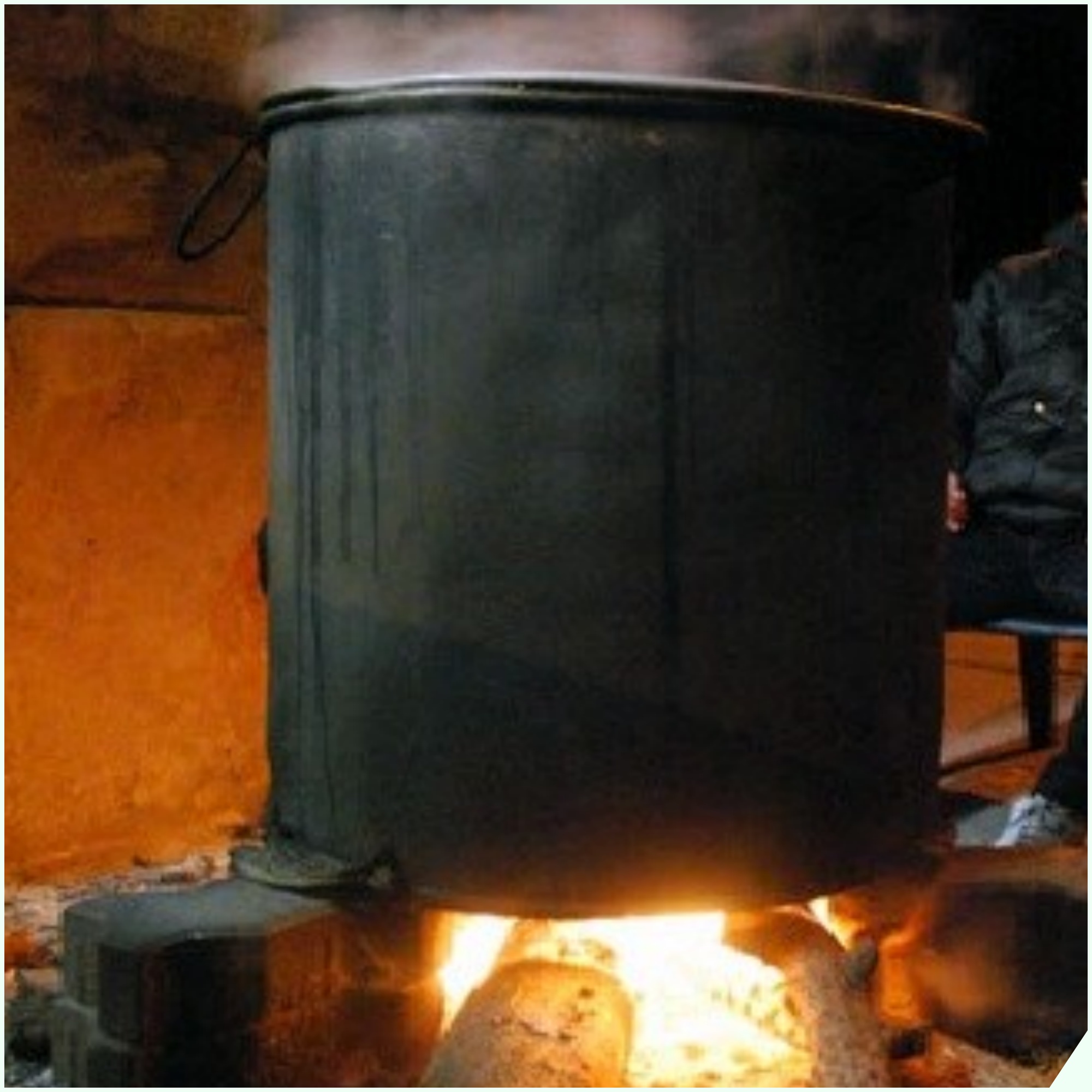
A tin pot creates an alkaline environment, causing the bánh chưng to cook faster and retain its beautiful green color.
Adding pineapple/lemon juice
A simple tip for cooking lush green bánh chưng that not many people know is to soak the rice in pineapple juice for about 3 hours or add lemon juice to the rice before wrapping the bánh chưng.
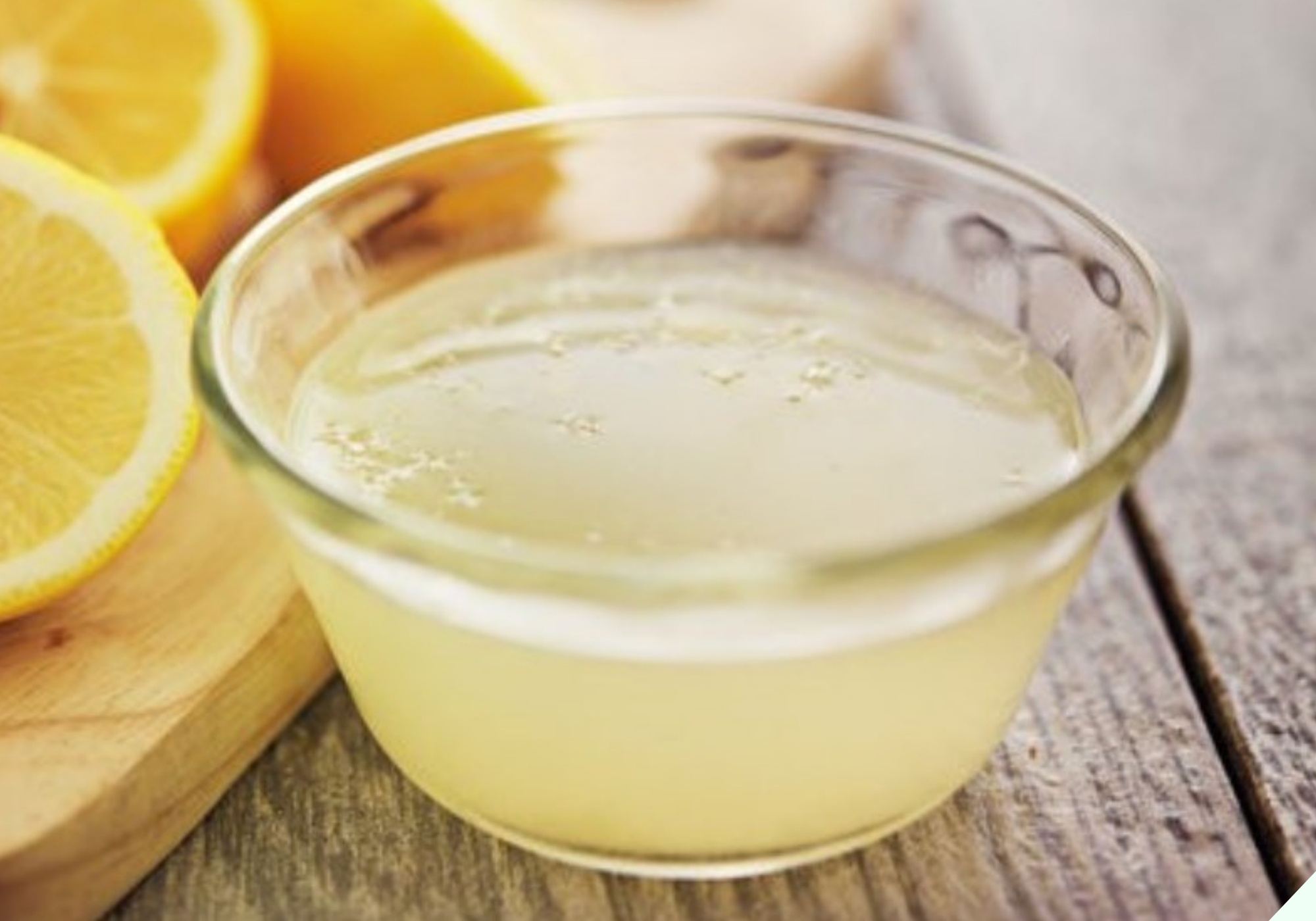
Similar to using a tin pot or lye water, pineapple and lemon juice also have alkaline properties, aiding in faster cooking and a more vibrant green color.
Using baking soda (salt of hartshorn)
You may not be aware that baking soda, also known as salt of hartshorn or salt of wormwood, is an ingredient that helps to achieve a lush green color for your bánh chưng.
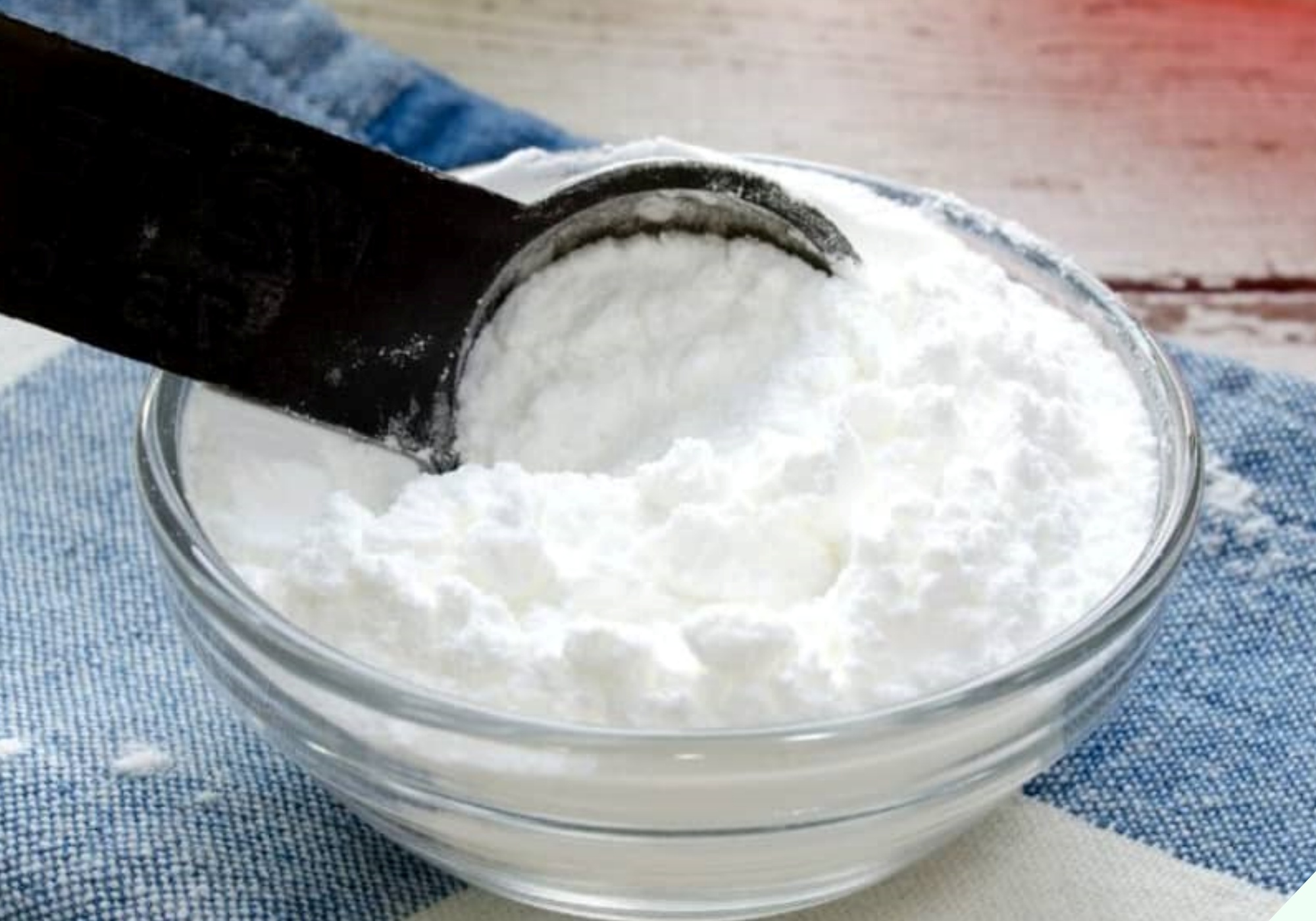
The usage is simple: when cooking the bánh chưng, add an appropriate amount of baking soda to the pot. On average, use two teaspoons of baking soda for every ten bánh chưng.
Frequent addition of water
During the cooking process, always ensure that the bánh chưng are submerged in water. This is crucial for even cooking and a delicious, tender texture, as well as maintaining the desirable green color.
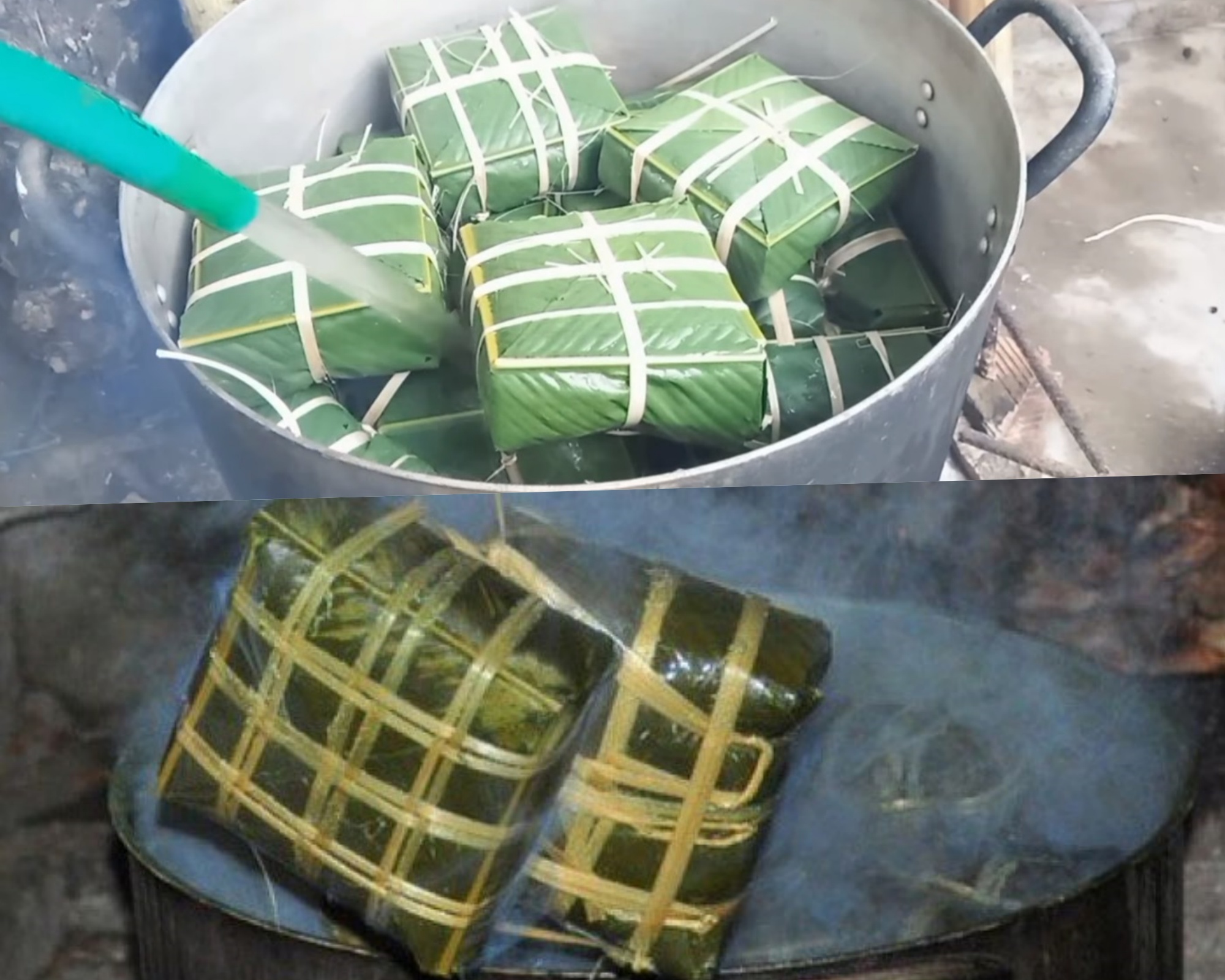
Note: When adding water to the pot, always use hot water. Do not add cold water as the low temperature will cause the cakes to be partially cooked, resulting in uneven rice grain expansion and a higher chance of the rice becoming sticky.

























